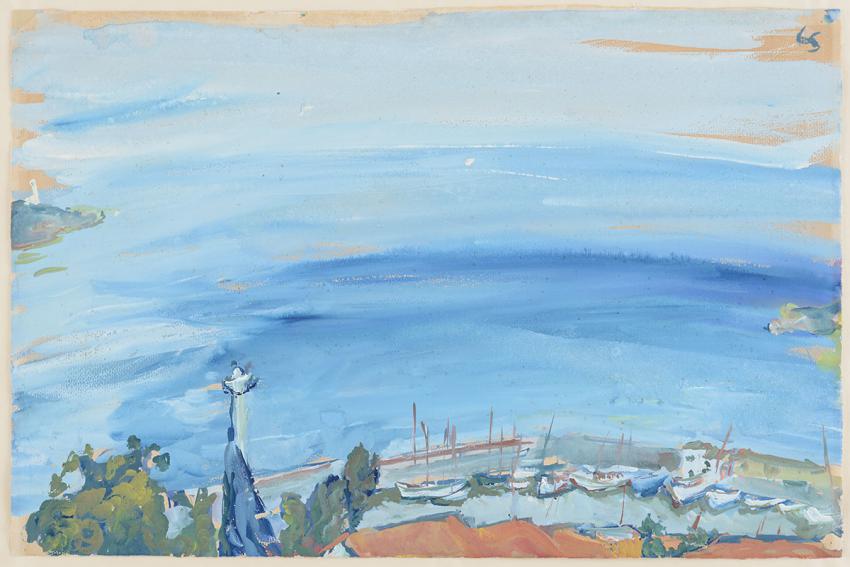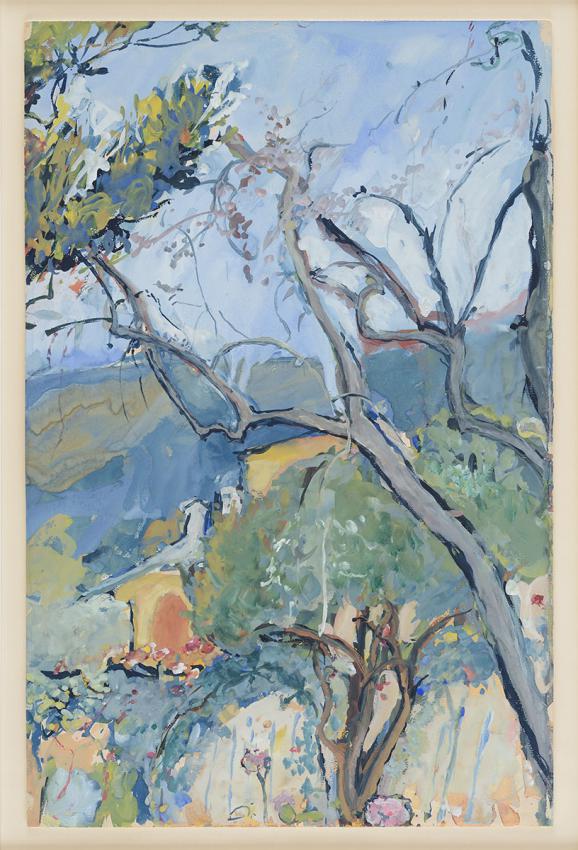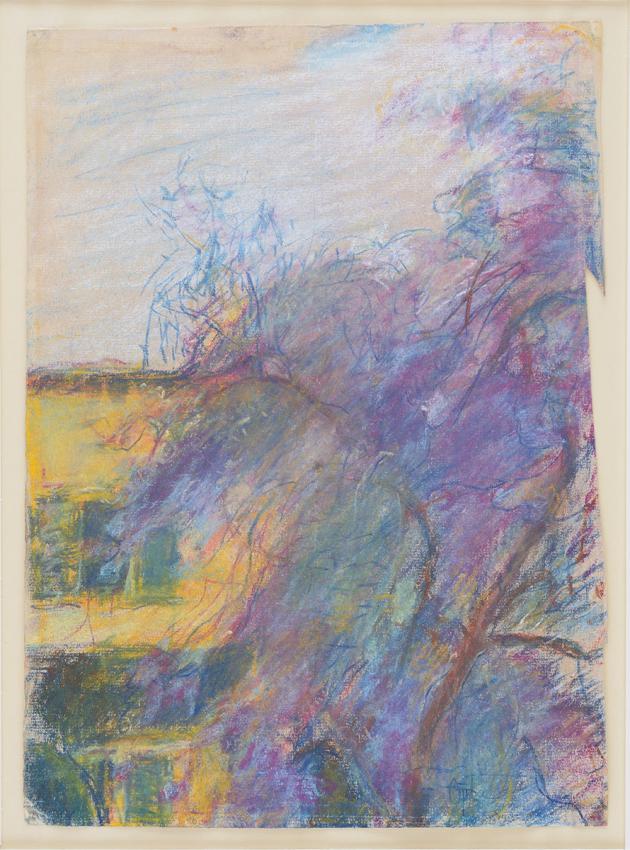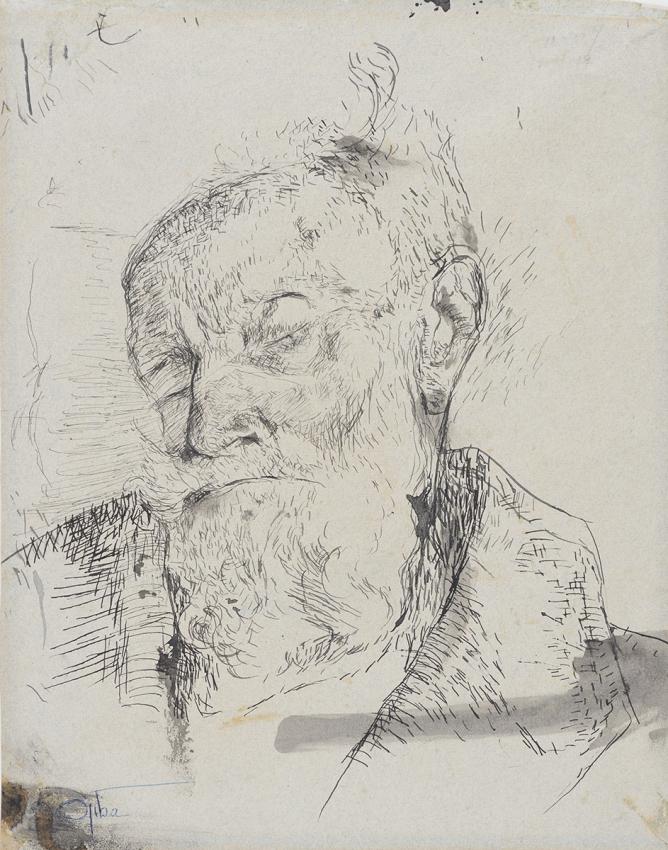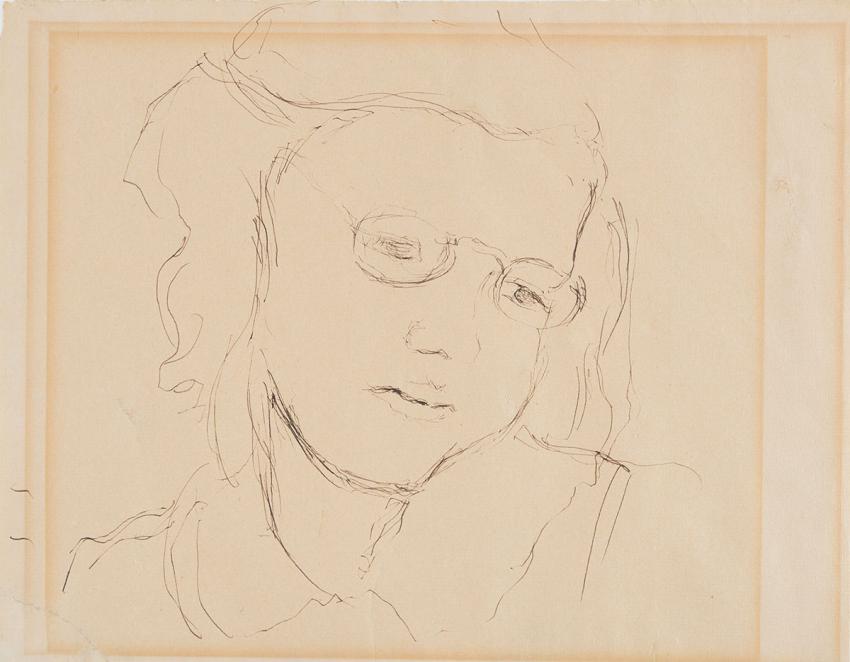| 1917 |
Born 16 April in Berlin, to Albert Salomon and Franziska Grunwald, an assimilated Jewish bourgeois couple.
|
|
1926
|
Her mother commits suicide. Charlotte is told sthat she died of influenza.
|
|
1930
|
Her father, a professor of medicine and a highly-regarded surgeon, marries the opera singer Paula Lindberg (Levy).
|
|
1933
|
A year before she completes her secondary studies, Charlotte leaves school due to increased antisemitism. She resorts to private art lessons, preparing for the entry examinations to the Berlin Art Academy.
|
|
1934
|
Her maternal grandparents move to Villefranche-sur-Mer on the French Riveria. They find refuge at the Villa l’Ermitage, property of Ottilie Moore, an American citizen.
|
|
1935/6
|
Studies at the School of Fine Arts and Applied Crafts, Berlin
|
|
1937
|
In the winter semester, after being deprived of first prize for one of her paintings because she is Jewish, Charlotte breaks off her studies.
|
|
1938
|
On 10 November, after Kristallnacht, her father Albert Salomon is arrested and sent to the Sachenhausen concentration camp. With the help of her connections, his wife Paula succeeds in gaining his release.
|
|
1939
|
In light of of the dangers facing Germany’s Jews, the family decides to send Charlotte to her grandparents in the South of France. At the villa, she depicts the landscape of Villefranche and the refugees who found sanctuary with Ms. Moore.
|
|
1940
|
With the advancing German forces and the increased threat to France, Charlotte’s grandmother commits suicide. For the first time, her grandfather tells her about the chain of suicides in her family, including her mother’s. On 27 May, all German citizens are required to report for internment. Following this order, Charlotte and her grandfather are interned in the Gurs camp. On 12 July, they are both released due her grandfather’s advanced age and they settle in Nice.
|
|
1940/42
|
Following the family doctor’s advice to paint in order to to ease her mental suffering, Charlotte works intensively on a series of approximately 1300 pages, Life? Or Theater?, in which she traces her own life and that of her family in color, prose and music.
|
|
1941
|
In September, Ottilie Moore leaves Villefranche and returns to the United States with her ten adopted children, daughter and nephew.
|
|
1942
|
Charlotte begins to establish a close friendship with Jewish refugee Alexander Nagler, responsible for the household and remaining children at the Villa l’Ermitage after Ottilie's departure.
|
|
1943
|
On 17 February, her grandfather, Ludwig Grunwald, passes away at the age of 81. Charlotte returns to the Villa l’Ermitage, and on 17 June, she and Alexander Nagler are married at the Nice town hall. On 24 September, the couple is arrested by the Gestapo at the villa and three days later, sent on a transport from Nice to the Drancy transit camp. On 7 October, the couple is deported to Auschwitz. Charlotte, pregnant, is sent immediately to the gas chambers. Alexander is assigned to forced labor.
|
|
1944
|
On 1 January, Alexander dies of exhaustion in the camp.
|
